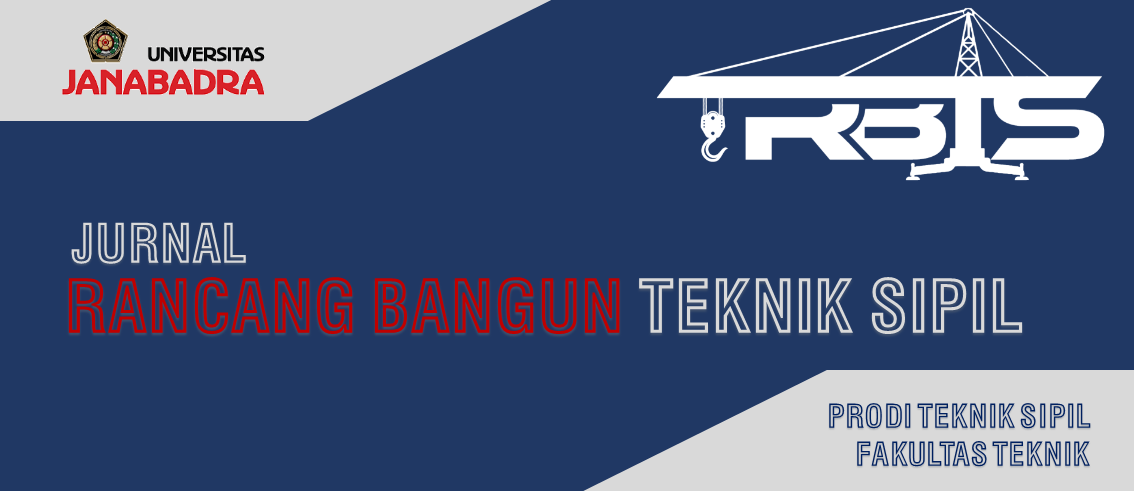Penggunaan Serbuk Kaca Sebagai Bahan Tambah/Filler pada Perkerasan Jenis Hrs – Wc Berdasarkan Karakteristik Marshall
Sari
Teks Lengkap:
PDFReferensi
AASHTO T 96. (2001). Standard Method of Test for Resistance to Degradation of Small- Size Coarse Aggregate by Abrasion and Impact in the Los Angeles Machine.
Asphalt Institute. (1995). a. Mix Design Methods for Asphalt Concrete and Other Hot Mix Types, Manual Series No.2 (MS-2), Six Edition, Asphalt Institute, Lexington, Kentucky.
Asphalt Institute. (1995). b. Principles of Construction of Hot-Mix Asphalt Pavement, Manual Series No.22 (MS- 22),
Six Edition, Asphalt Institute, Maryland. Atkins, Harold N, PE. (1997). Highway Materials, Soils, and Concrete, 3th Edition: Prentice Hall, New Jersey.
Bina Marga. (2010). Spesifikasi Umum Bidang Jalan revisi 3, Jakarta.
British Standard Institution. (1973). Specification for Rolled Asphalt (Hot Process) for Road and Other Paved Areas, BS, 594, London.
Departemen Pekerjaan Umum Direktorat Jenderal Bina Marga. Petunjuk Pelaksanaan Lapis Aspal Beton
(laston). No.13/PT/PT/1983. Jakarta.
Departemen Pekerjaan Umum. Petunjuk Pelaksanaan Lapis Aspal Beton Laston Untuk Jalan Raya. Jakarta.
Direktorat Jenderal Bina Marga. (1983). Petunjuk Pelaksanaan Lapis Aspal Beton (LASTON) untuk Jalan Raya, Jakarta.
Imron Ahmad Rosid, (2011). Pemanfaatan serbuk kaca sebagai filler pada perkerasan jalan HRS - WC, Universitas Jember, (2011).
Krebs, R. D., dan Walker, R. D. (1971). Highway Materials, Mc. Graw – Hill Book Company, New York, U.S.A.
Ratna Yuniarti, Hasyim, Hariyadi, Teti Rossian March Setiawan, (2013). Komparasi penggunaan filler kaca pada campuran HRS dan SMA terhadap karakteristik Marshall dan Workabilitas.
Sukirman, Silvia. (1992). Perkerasan Lentur
Jalan Raya, Nova, Bandung.
Refbacks
- Saat ini tidak ada refbacks.
